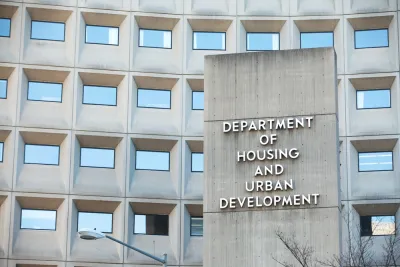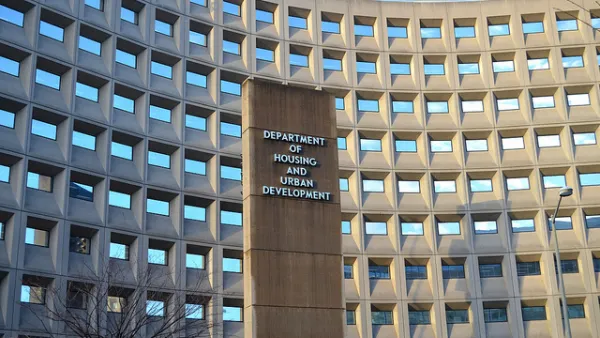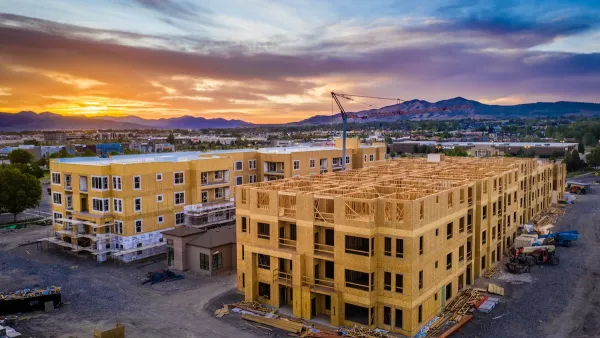As the housing crisis rages on, the housing assistance infrastructure put in place during the pandemic can provide a model for long-term aid programs.

"As the pandemic surged across America, Congress and the White House made available more than $75 billion to support at-risk renters and homeowners, and even more in flexible relief funds that could be used for housing aid." Gregory Heller, a director and affordable-housing subject matter expert at Guidehouse, argues that the government should use this example to implement similar policies outside the pandemic, treating the housing crisis as a disaster not dissimilar from COVID-19 or natural disasters.
The programs billed as disaster relief put in place during the pandemic showed that it is possible to distribute funds and aid quickly, writes Heller. "Now that we have started to view and respond to America’s housing instability crisis as a disaster, one thing is clear: We cannot go back to the way we funded housing before; otherwise, we’ll simply return to the pre-pandemic status quo."
To Heller, the infrastructure developed around pandemic relief programs provides a powerful opportunity to build on these programs and "recognize that this disaster will not end when the health and economic impacts of the pandemic are behind us." Thus, Heller says, the government should continue to invest in and strengthen infrastructure and programs that address housing instability.
FULL STORY: America’s Housing Crisis Is a Disaster. Let’s Treat It Like One.

National Parks Layoffs Will Cause Communities to Lose Billions
Thousands of essential park workers were laid off this week, just before the busy spring break season.

Retro-silient?: America’s First “Eco-burb,” The Woodlands Turns 50
A master-planned community north of Houston offers lessons on green infrastructure and resilient design, but falls short of its founder’s lofty affordability and walkability goals.

Delivering for America Plan Will Downgrade Mail Service in at Least 49.5 Percent of Zip Codes
Republican and Democrat lawmakers criticize the plan for its disproportionate negative impact on rural communities.

Test News Post 1
This is a summary

Test News Headline 46
Test for the image on the front page.

Balancing Bombs and Butterflies: How the National Guard Protects a Rare Species
The National Guard at Fort Indiantown Gap uses GIS technology and land management strategies to balance military training with conservation efforts, ensuring the survival of the rare eastern regal fritillary butterfly.
Urban Design for Planners 1: Software Tools
This six-course series explores essential urban design concepts using open source software and equips planners with the tools they need to participate fully in the urban design process.
Planning for Universal Design
Learn the tools for implementing Universal Design in planning regulations.
EMC Planning Group, Inc.
Planetizen
Planetizen
Mpact (formerly Rail~Volution)
Great Falls Development Authority, Inc.
HUDs Office of Policy Development and Research
NYU Wagner Graduate School of Public Service





























